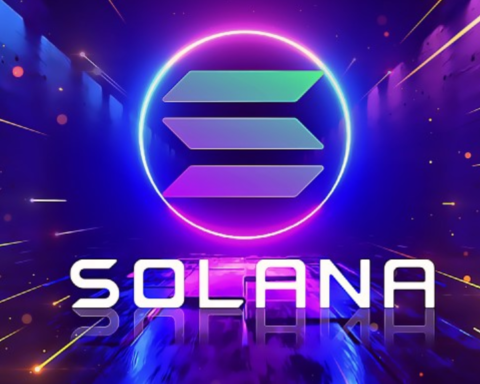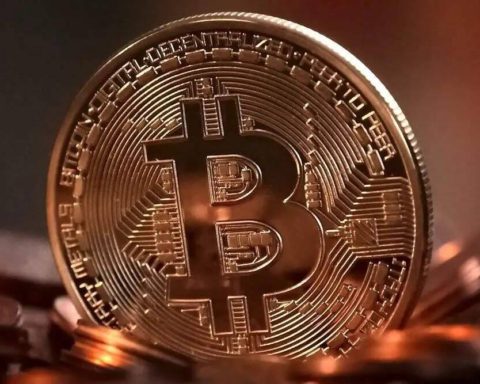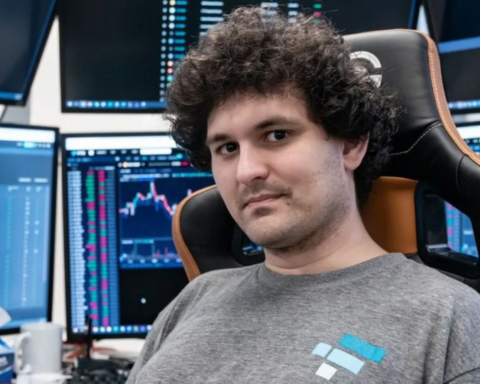The crypto space is all about decentralization, self-sovereignty and privacy, but it’s quite rare to see projects really follow this ethos. Bitcoin and Ethereum are unquestionably decentralized, but outside of those, most projects are managed more like Silicon Valley startups than decentralized communities. There is an exception: EOS, the startup turned decentralized community project.
EOS was once considered the blockchain most likely to challenge Ethereum’s dominance. Built on solid technology and designed by visionaries in the Blockchain space, it was hailed as the original “Ethereum Killer.”
Initially, the project enjoyed immense success, becoming the most successful ICO of all time in 2018, raising over $4 billion. But it was unable to adapt to the bear market and saw its market share quickly drop to near irrelevancy — so much that by the time we found real use cases for smart contracts, it was already too late.
The protocol had originally outlined ambitious goals, including the capacity to process 1 million transactions per second and hosting 1000 dApps. Unfortunately, by the end of 2019, none of these promises had been fulfilled. While chasing for greatness, Block.One, the company developing EOS, failed to make the network competitive in that state of the market, and gradually abandoned the project.
Block.One launched several spin-off projects, most notably Voice, a blockchain-based social media network, and Bullish, a centralized exchange. While Voice relied on EOS technology, it did not use the network as it existed. It was pretty clear that the company did not care about EOS and its community, and mostly coasted on the huge amount of cash it had raised prior.
With tensions reaching a boiling point, the users and backers who had believed and invested in the project decided to take action. They founded the EOS Network Foundation (ENF), a non-profit organization aimed at addressing Block.one’s mismanagement and providing financial and non-financial support to EOS.
In December 2021, under the leadership of Yves La Rose, the ENF officially severed ties with Block.one, booting its remaining EOS share and transferring $6.5 million worth of tokens to the ENF’s official account to ensure the future development of EOS.
EOS EVM
During the Block.one era, EOS was recognized for its immense technical potential, earning the nickname “Ethereum on Steroids” from its enthusiastic supporters. But one of the biggest obstacles to adoption was the EOS development experience, which simply lacked the variety of tools and existing developers to make it self-sufficient.
Under the new community leadership, EOS quickly pivoted to offering its own EVM protocol, which is deployed as a regular smart contract on the EOS blockchain. The latest version is EOS EVM v0.6.0, which provides EOS USDT as a native token and facilitates cross-chain trading and “bridge messages” between the EVM and the regular EOS VM.
The EOS EVM is exceptionally fast and provides full support with other Ethereum-based contracts, which makes it possible to run complex apps like order book exchanges.
The ENF is making concerted efforts to incentivize programmers to develop on EOS with financial and strategic support though its ENF Grant Framework, Pomelo, and EOS Network Ventures.
With that said, the EVM is a “bare-minimum” implementation of a viable blockchain today. While EOS brings interesting innovations to the EVM space, it’s difficult to stand out now. But there are other ways to use the efficiency of EOS.
EOS’ commitment to Bitcoin
Bitcoin is seeing a bit of a renaissance as Ordinals NFTs and Layer-2 solutions are starting to see some interest and traction. The benefit is that it would unlock the hundreds of billions in BTC currently not doing much of anything on the Bitcoin blockchain.
EOS has recently launched exSat, which acts as an extra layer to connect Bitcoin with EOS by using EOS’s memory (RAM) and to store Bitcoin data. This includes all kinds of information from Bitcoin, like transaction records and Ordinals NFT data.
The network is pushing hard on exSat, planning on using up to 50% of its total memory (RAM) for it. It has also recently amended its tokenomics in part to make this possible, dedicating 350M EOS ($283M) for growing the liquidity of its native RAM market and thus expanding the throughput of the network.
Other planned changes include fixing the token supply to a maximum of 2.1 billion tokens released in regular halving cycles, which is something that Bitcoin fans might find familiar.
Years of EOS development and adaptation to the current market might finally pay off. The performance of the network enables it to become an infrastructure backbone of the space, giving computing resources to projects that need it.
The story of EOS is a curious demonstration that a rough start must not necessarily lead to defeat, as long as there’s someone who’s not giving up. The strength of the community is everything, and sometimes it might lead to projects taking their own life, rejecting their original creators. For an industry as misunderstood as crypto, being resilient and decentralized might just be the only way to thrive over a very long term, and the EOS community is certainly strong on those fronts.




